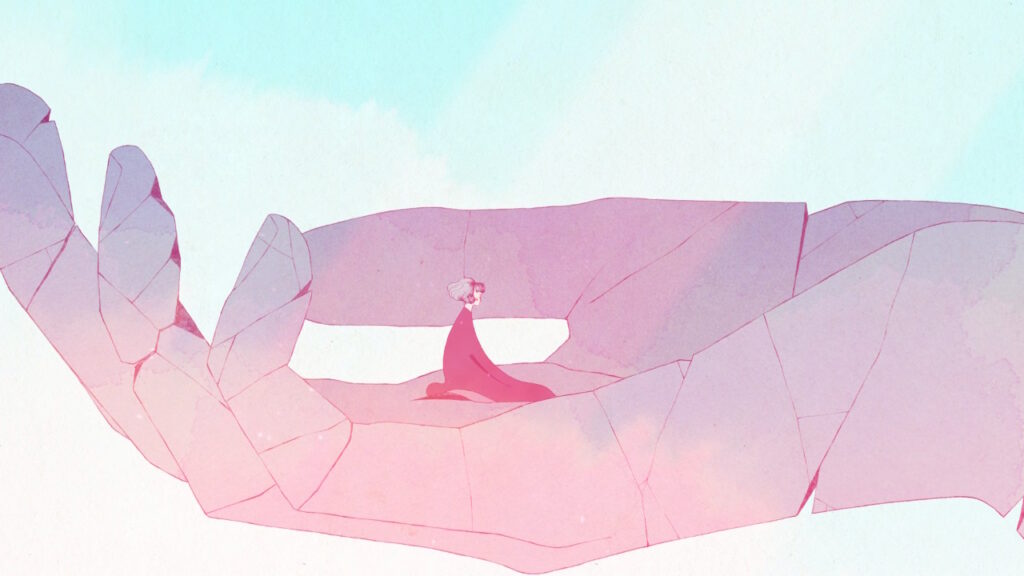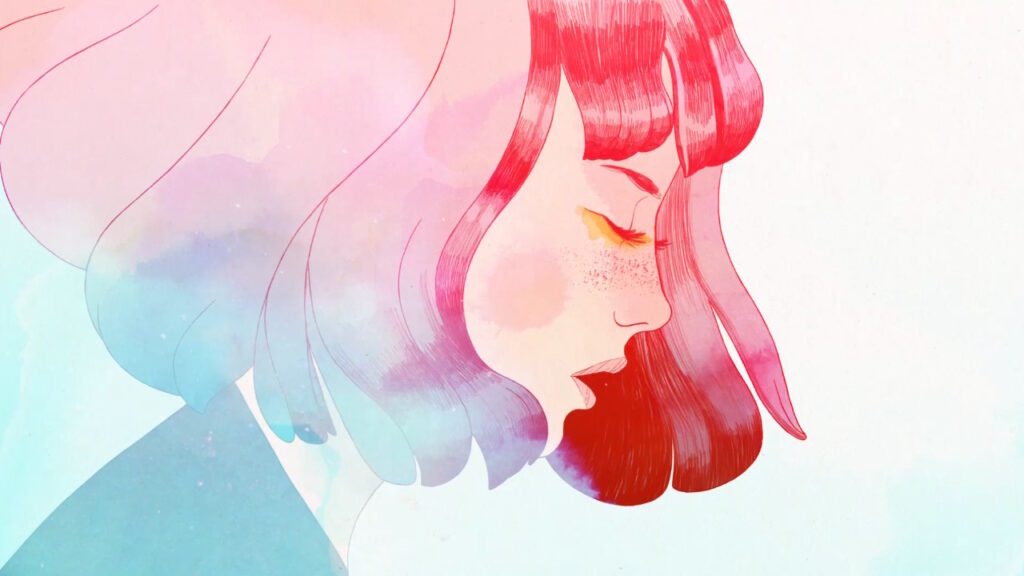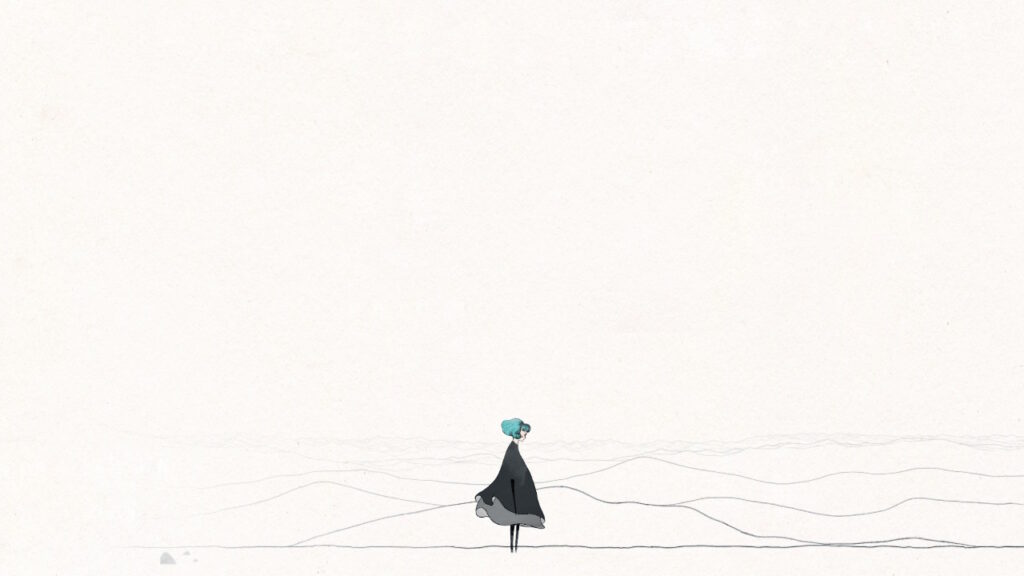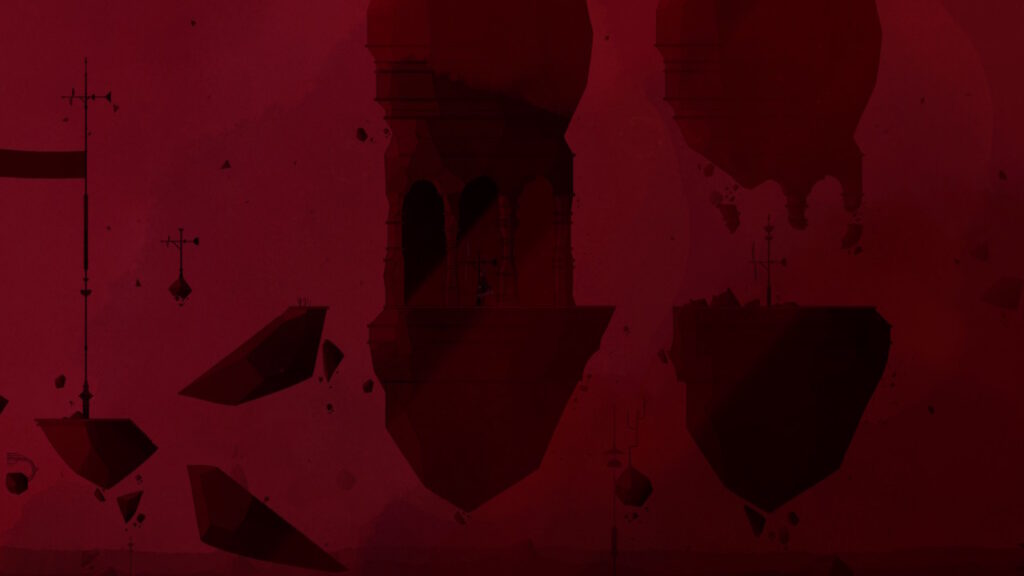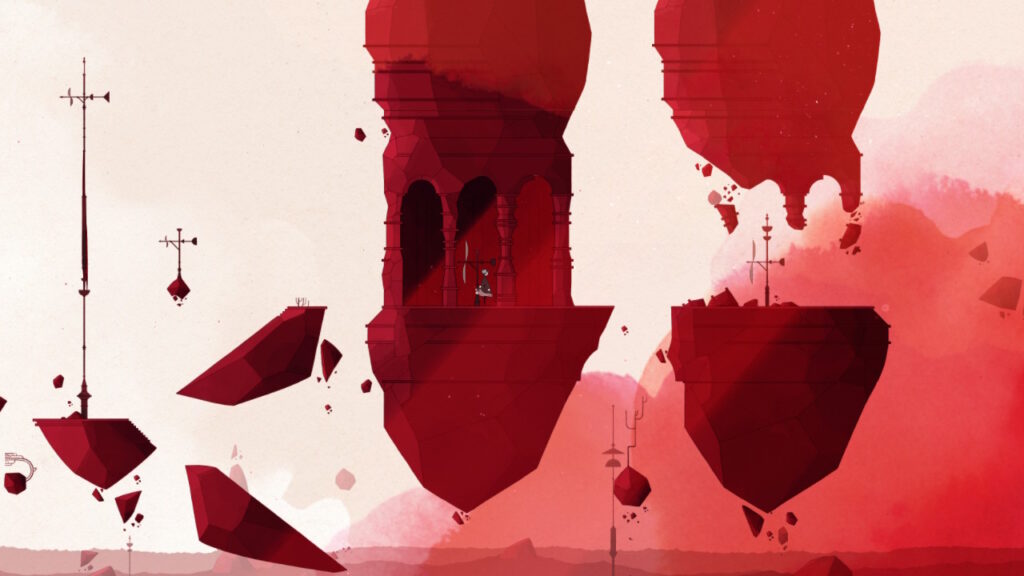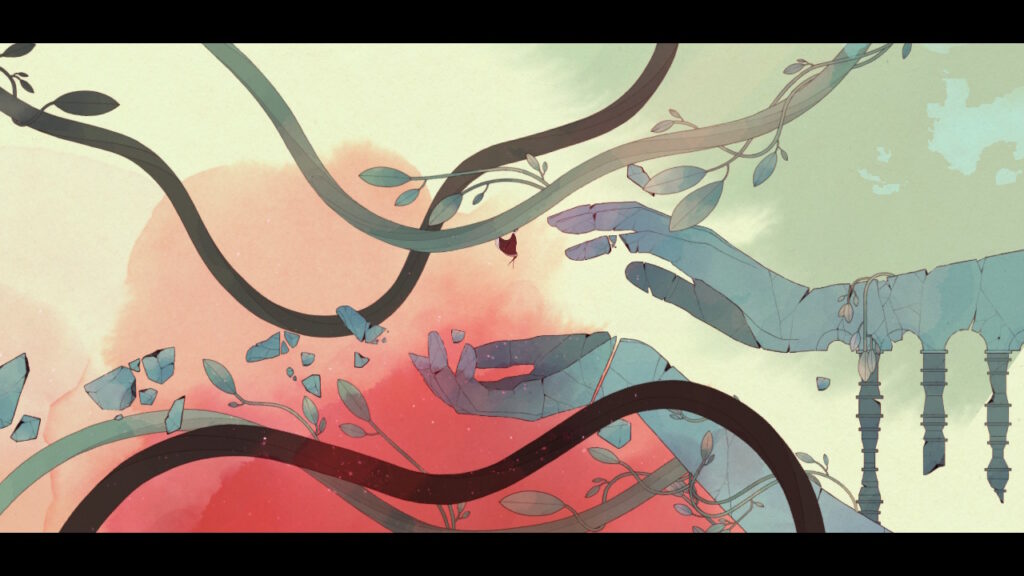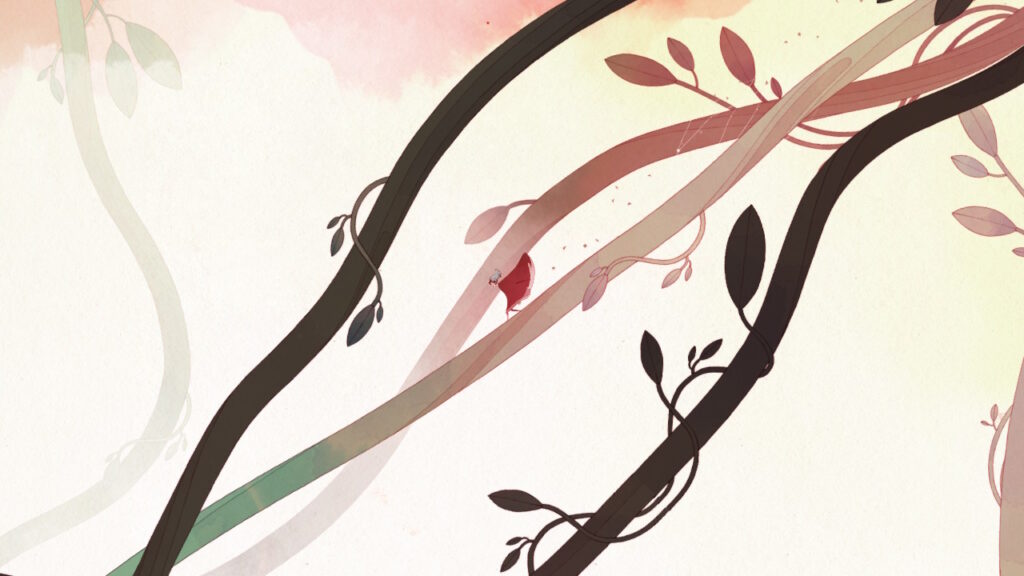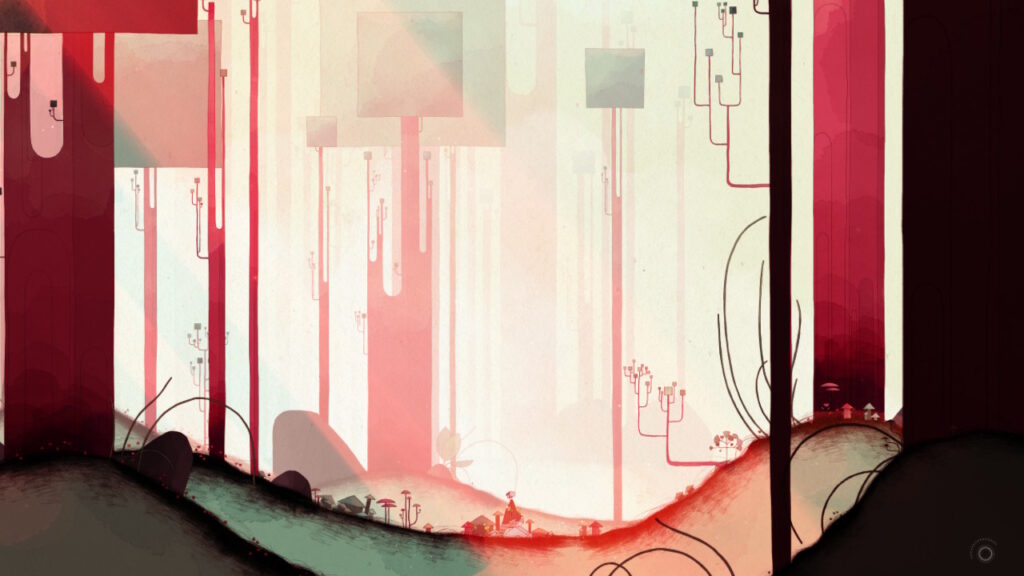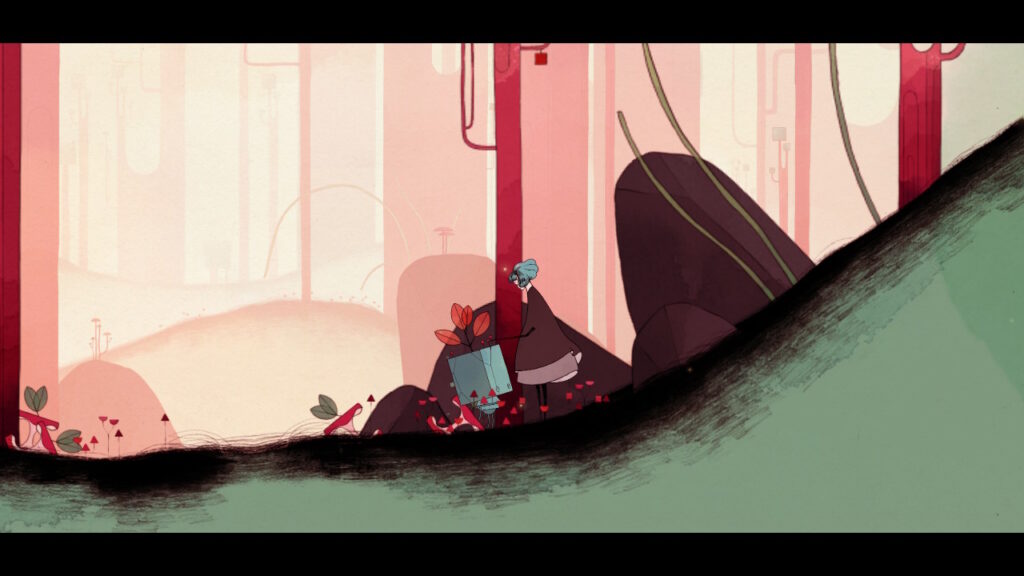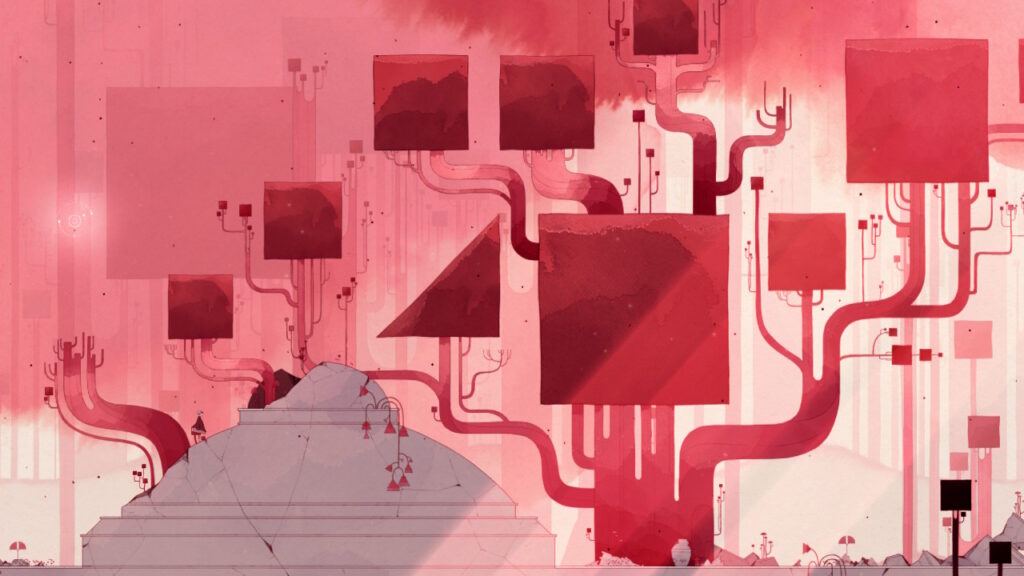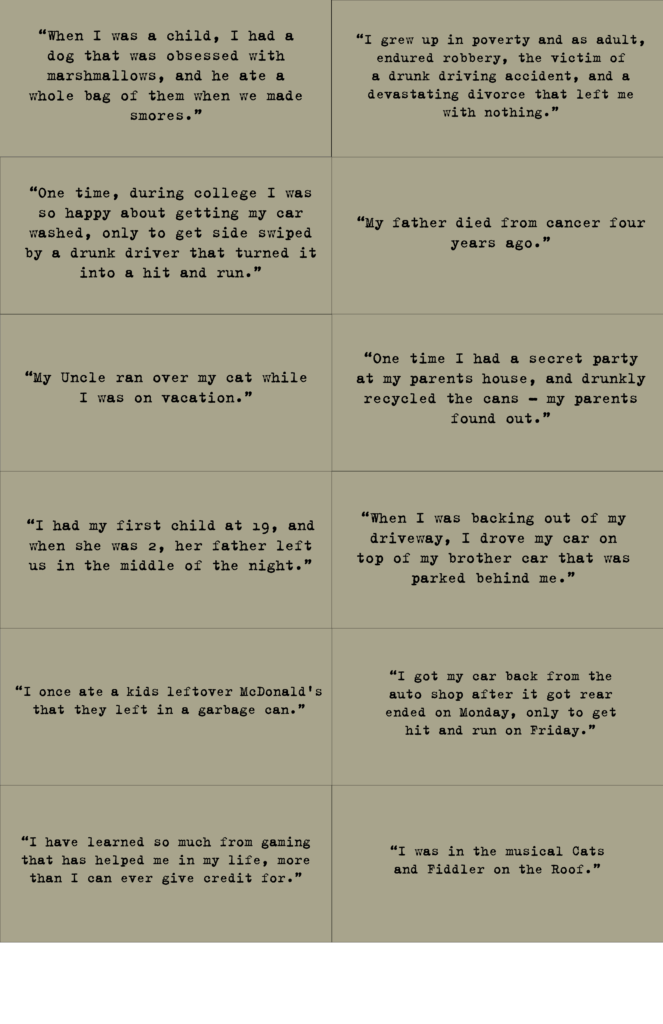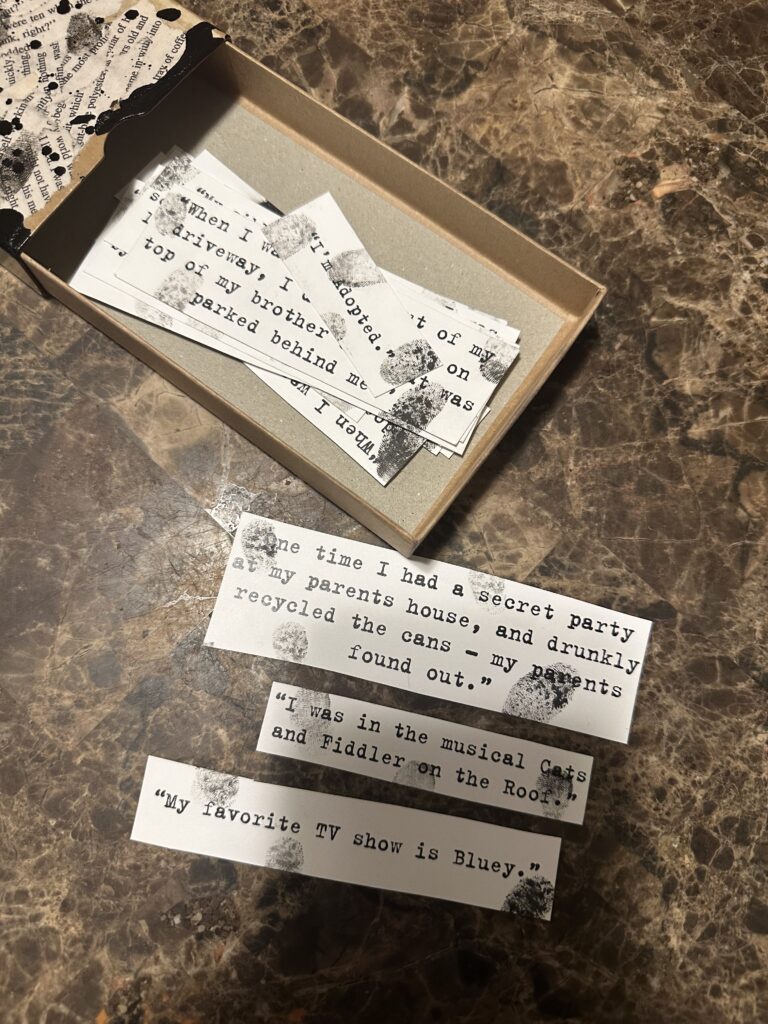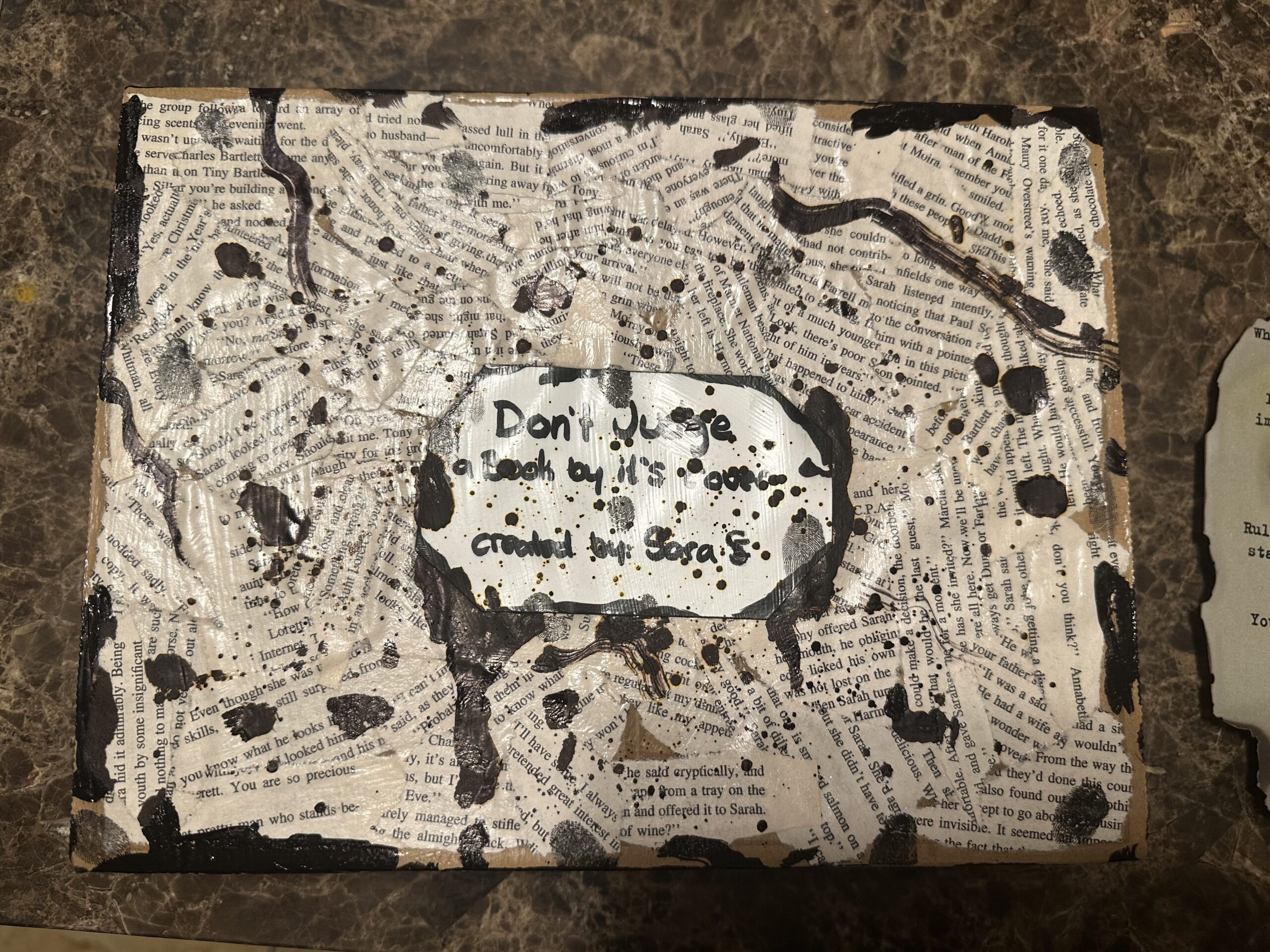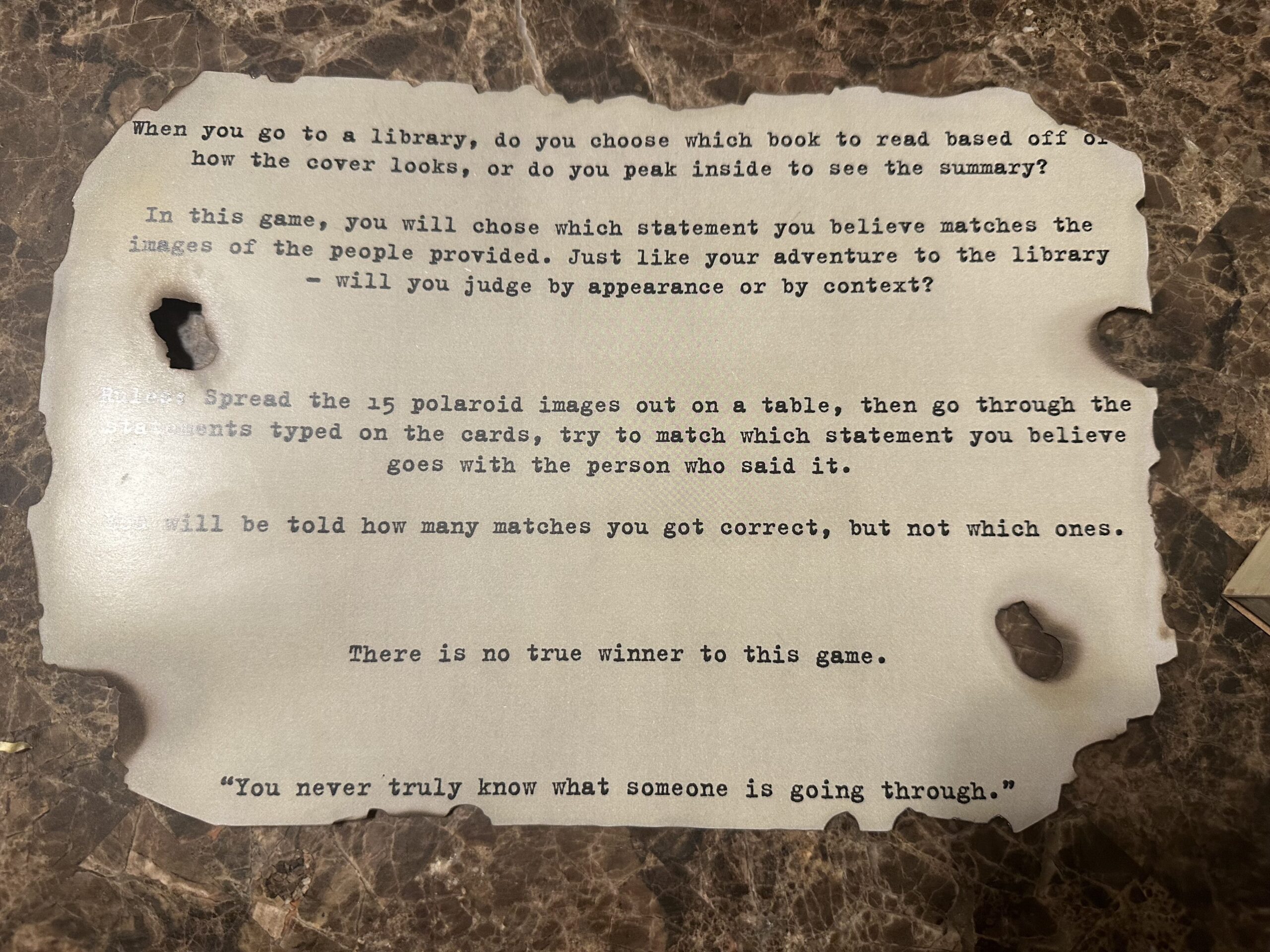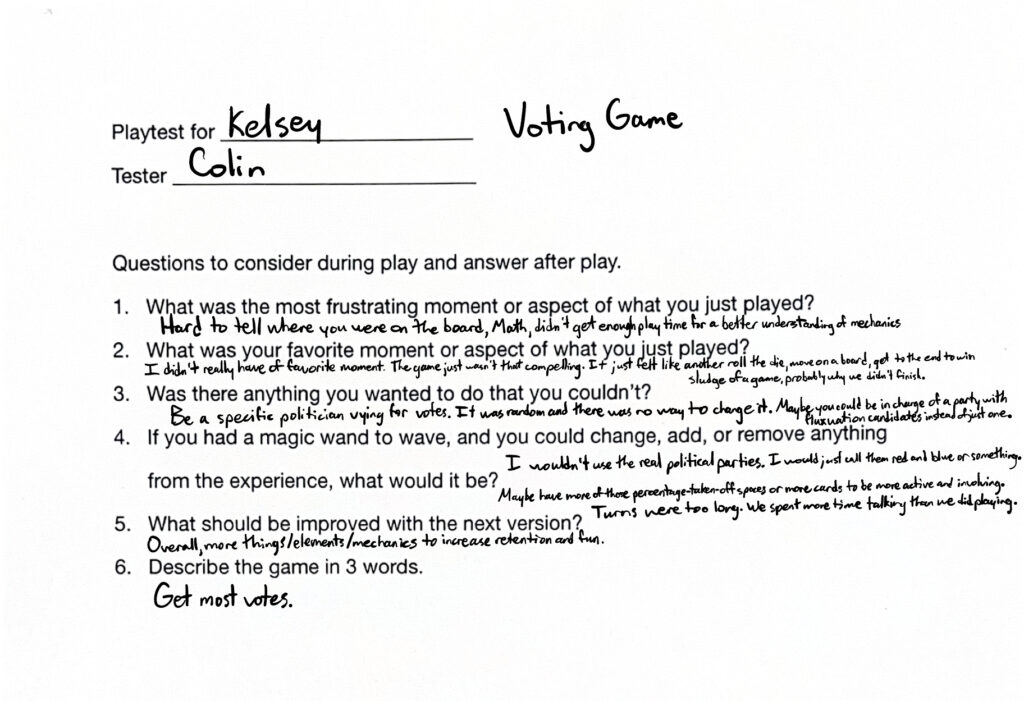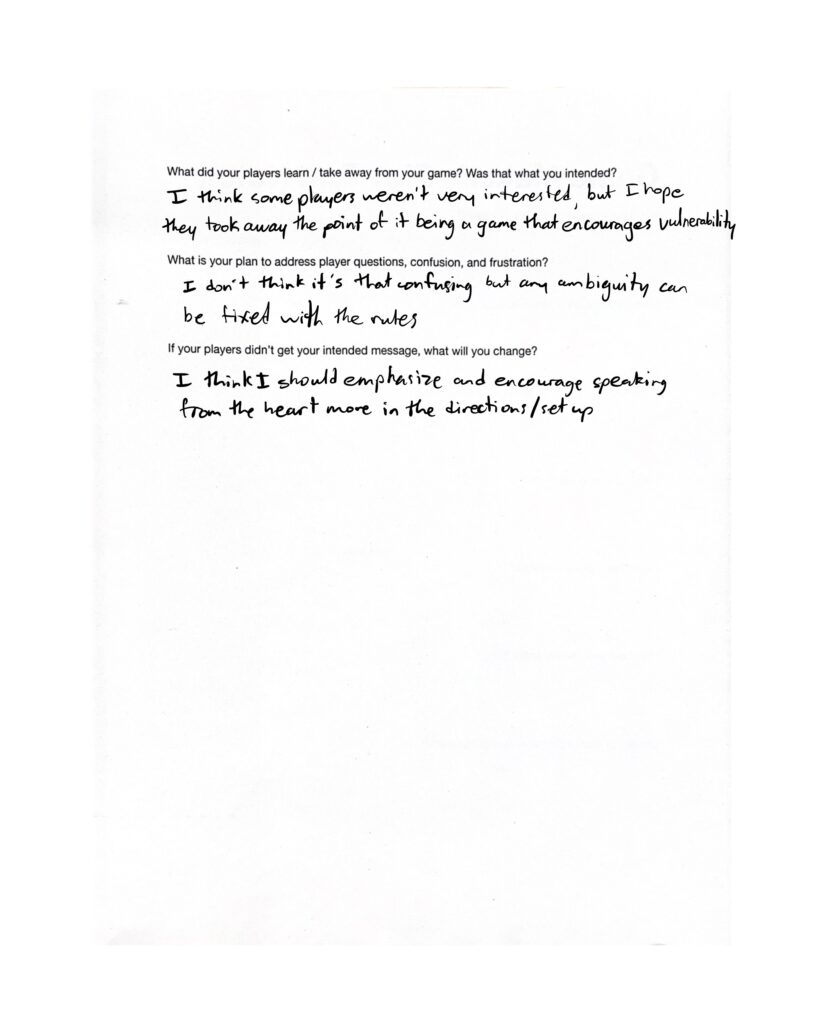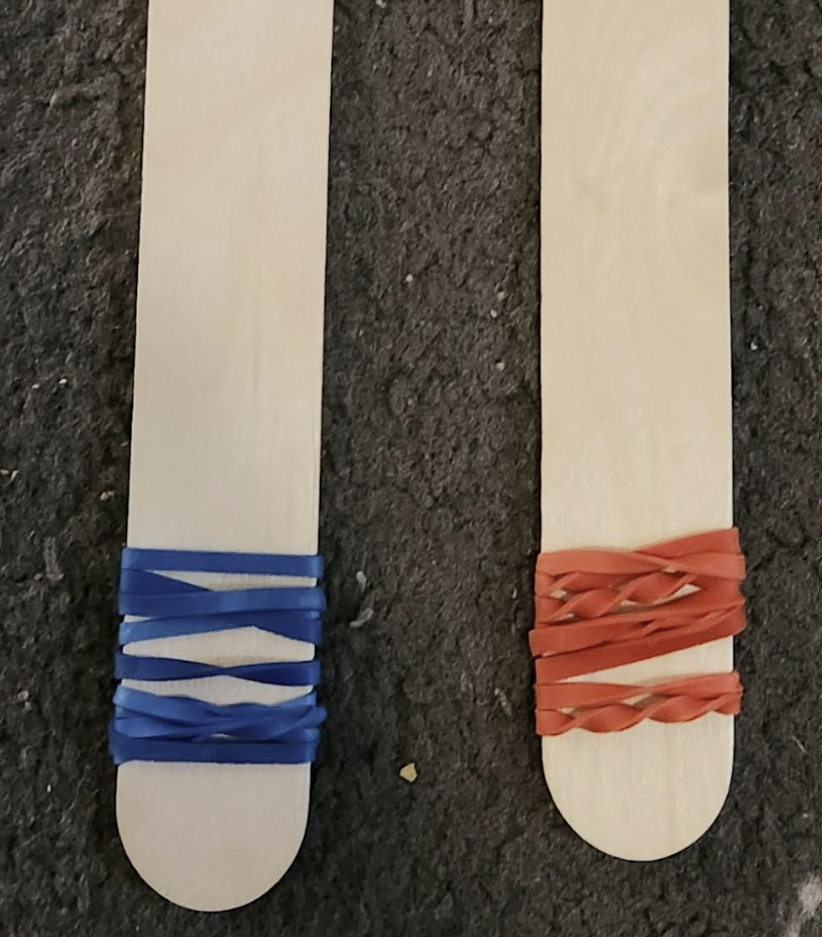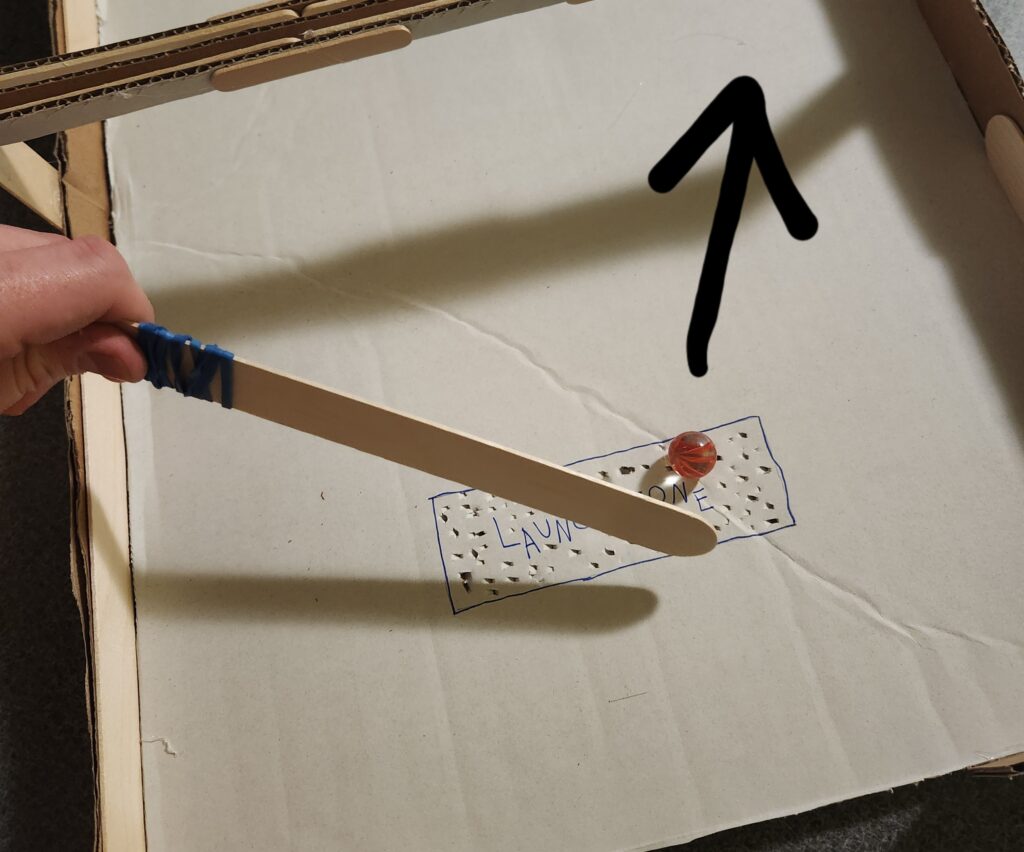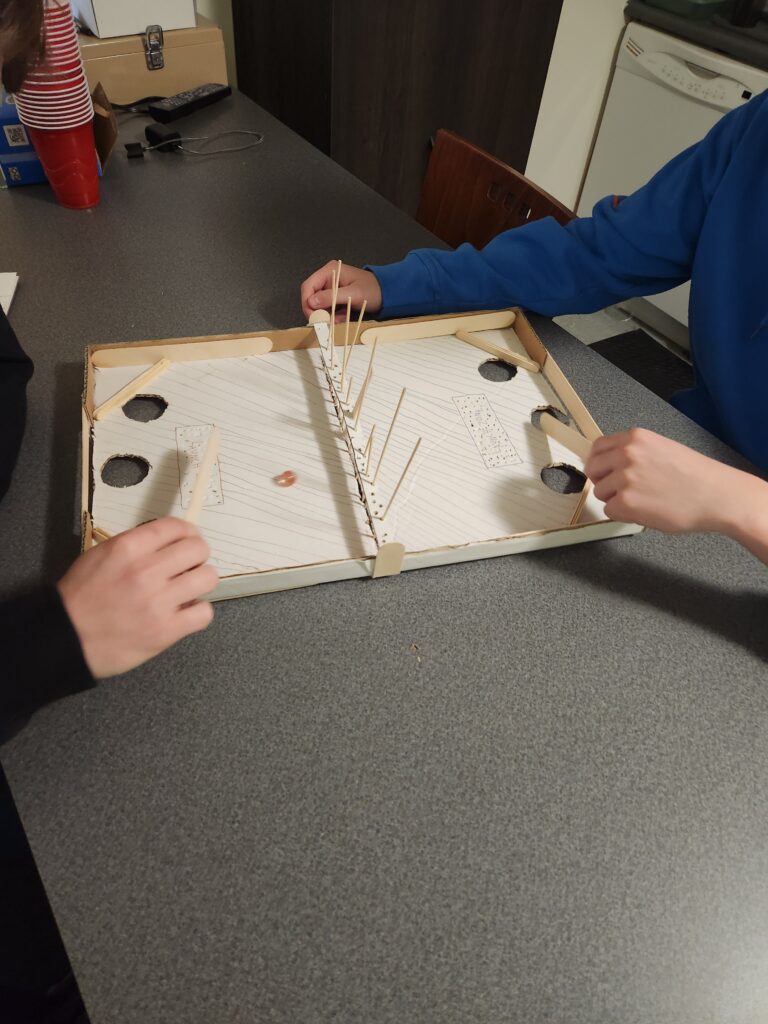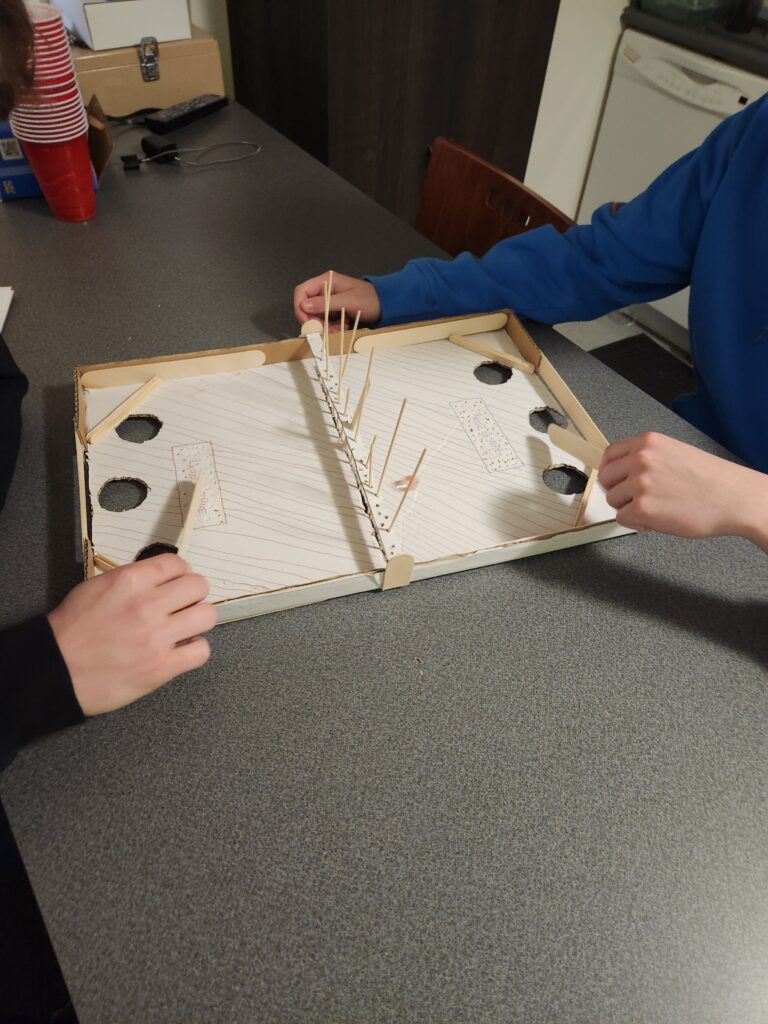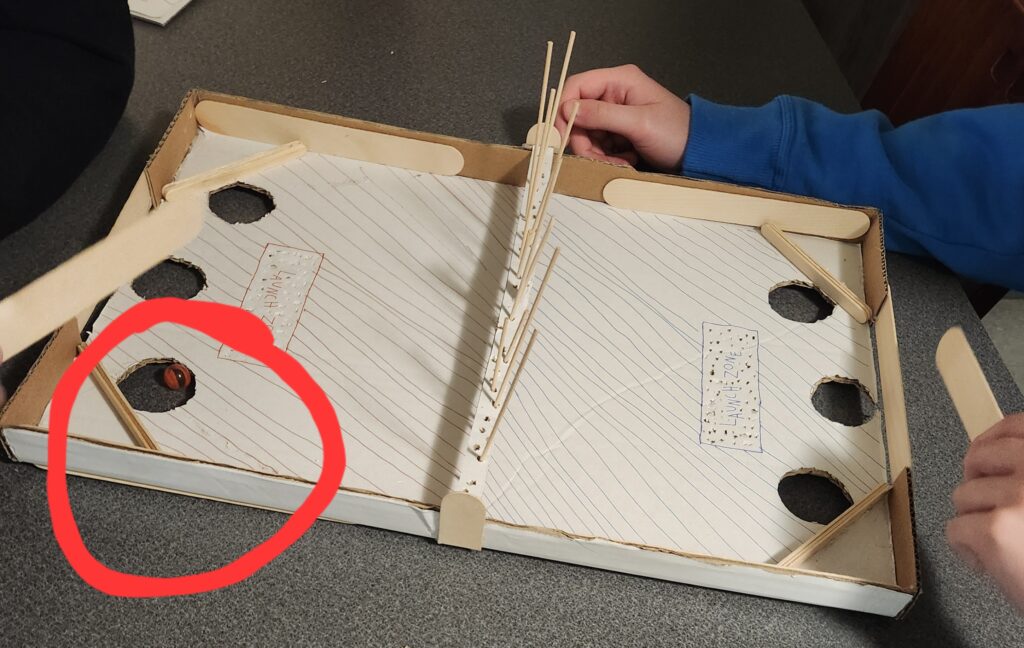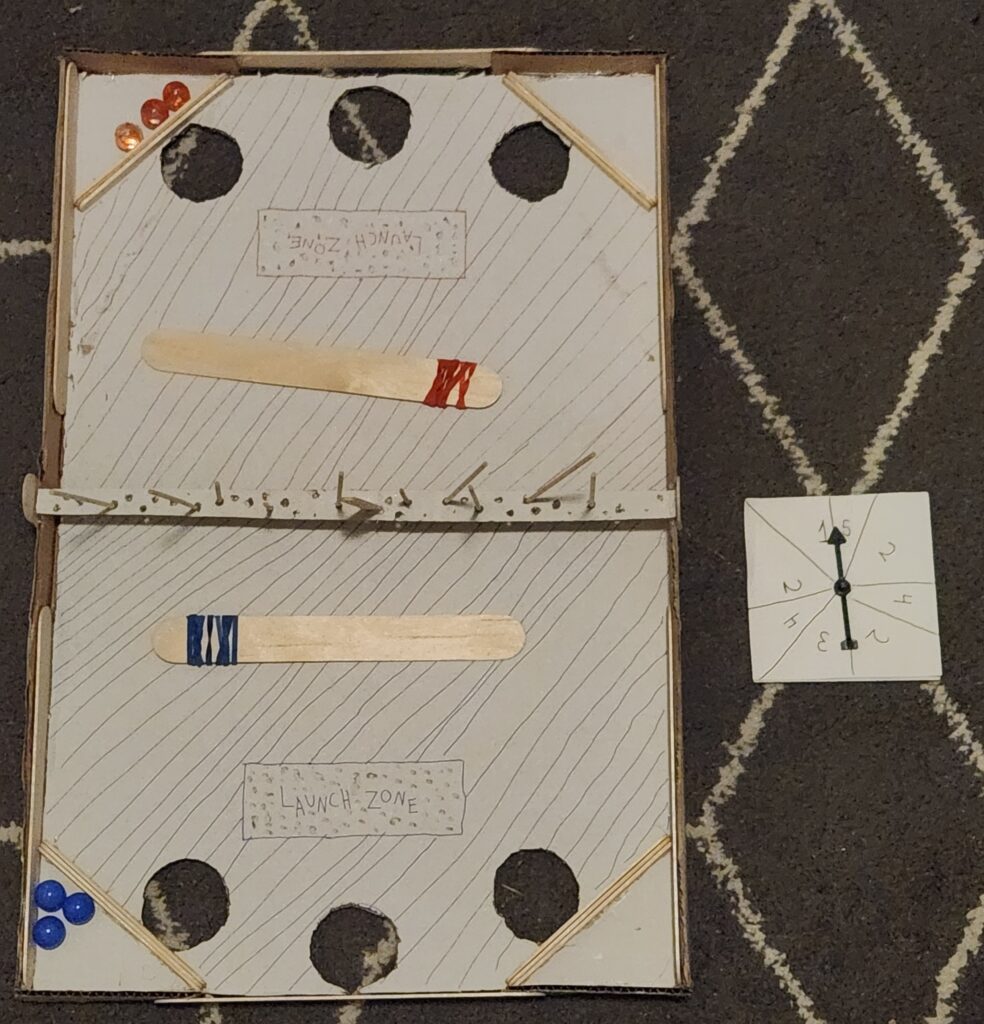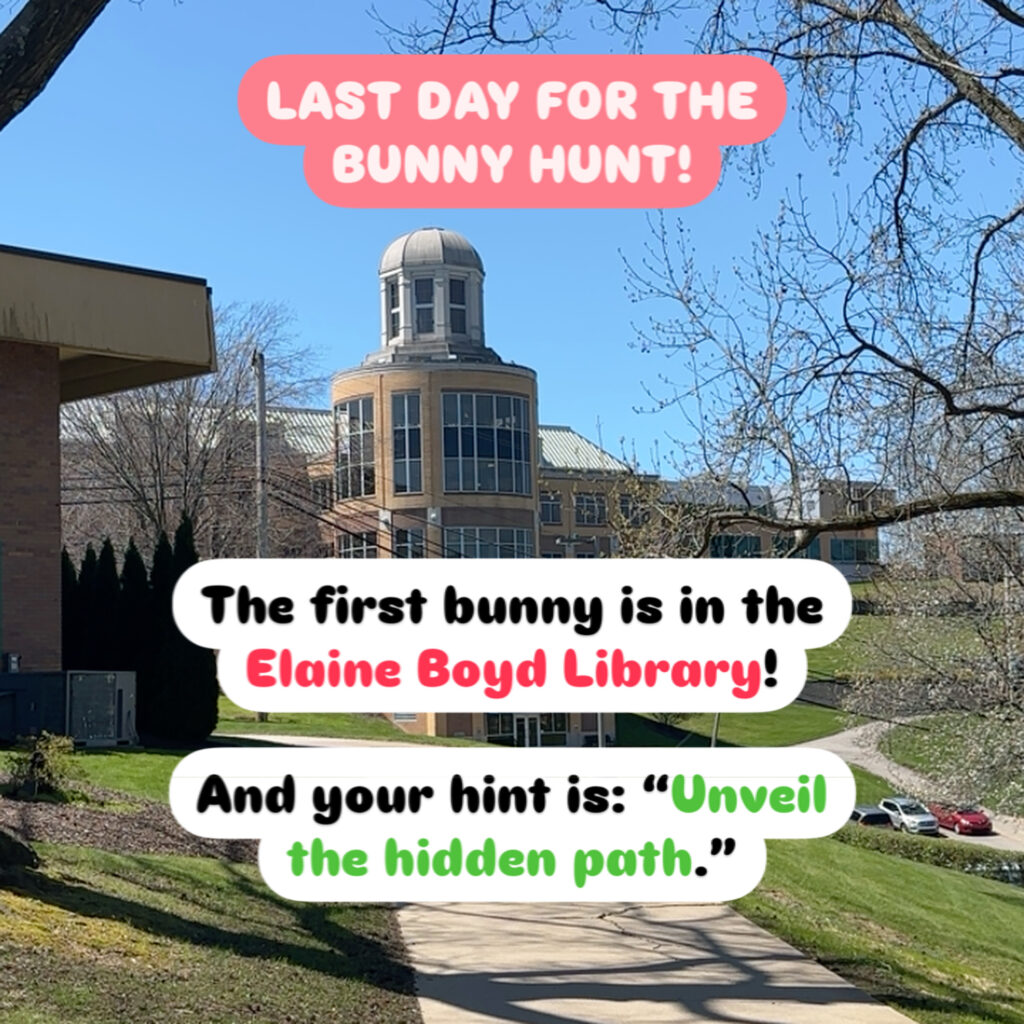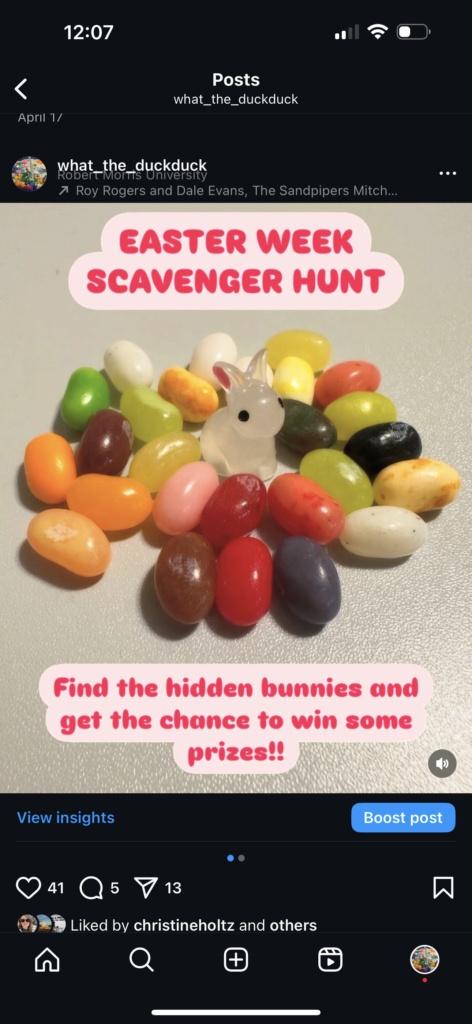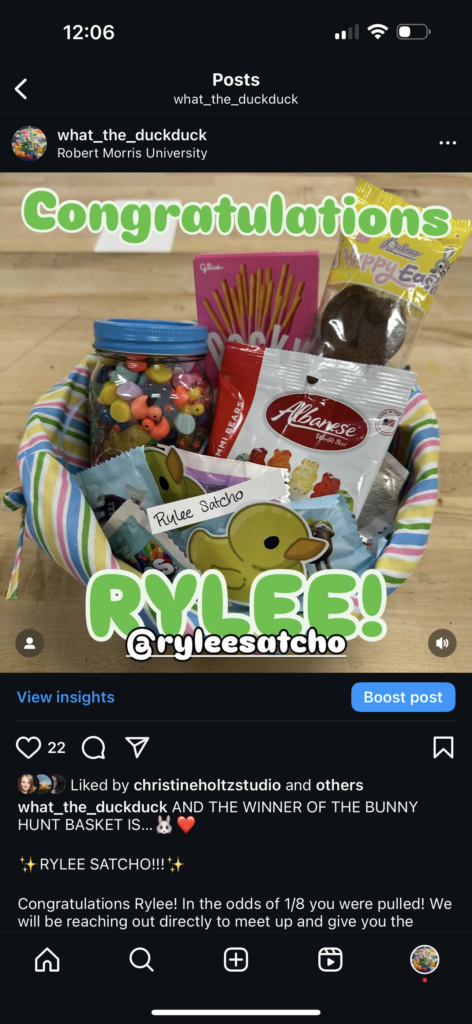A Review of Game Design 2
- Was it fun? Yes, probably one of my favorite classes.
- What were the player interactions? Commenting on each other’s posts, playtesting each other’s games, providing game feedback, playing games together, etc.
- How long did it take to learn? Somedays I feel like I am still learning things about the points and the rules, but overall, not very long because the point system is fairly simple. I still feel like I don’t understand the multipliers though.
- Would you play it again? Yes, but please don’t fail me.
- What is the game’s metaphor and which of the game’s mechanics standout? The game’s metaphor is that game design is structured like a game to learn the principles of a game. If it has a rule set, it’s a game. I really like the character sheets and the multipliers.
- What was the most frustrating moment or aspect of what you just played? I think I just needed more motivation to really focus on making a solid game. Because you can get points from so many different things like commenting, posting reviews, and coming up with game ideas, I felt less motivated to spend a lot of time making a game, but that is also partially because I have been so busy this semester. I essentially wish I had more drive and time to make a really good game, but that isn’t necessarily game design’s fault.
- What was your favorite moment or aspect of what you just played? Everything!!!!
- Was there anything you wanted to do that you couldn’t? Not that I can think of
- If you had a magic wand to wave, and you could change, add, or remove anything from the experience, what would it be? I think it would be nice to somehow incentivize the competition a little bit more. I think last semester was a lot more competitive in terms of the leaderboard and that made it really fun. This semester, it kind of feels like everyone is just in survival mode and doing what they can, not caring where they end up.
- What should be improved with the next version? Refinements to the multipliers, and maybe more restrictions on the hidden achievements. I honestly hated trying to keep track of my own hidden achievements because it just became a lot on top of everything else
- What was the game’s message? If you have a set of rules, it can be a game.
- Describe the game in 3 words. Fun, educational, going-to-miss-it-ngl
Evan’s Cracking Jokes Game Version 2
I’m really glad that the glowsticks were switched out for the clickers!
- Was it fun? Yes, but to be completely honest, the second version wasn’t as fun as the first one. I do like the new clickers though.
- What were the player interactions? Reacting to each other’s jokes by moving the noise maker clicker thing
- How long did it take to learn? I got this game almost instantly
- Would you play it again? Yes I would
- What is the game’s metaphor and which of the game’s mechanics standout? I’m honestly not sure what the metaphor is, but the standout mechanic for me is using the clicker to react to other player’s jokes
- What was the most frustrating moment or aspect of what you just played? Not being able to come up with a joke. The categories were almost a little too vague for me. I know that Evan doesn’t want it to become like Cards against Humanity with the kind of prompts, but I think more specific prompts can help people come up with jokes.
- What was your favorite moment or aspect of what you just played? I really enjoyed spinning the clicker thingy.
- Was there anything you wanted to do that you couldn’t? I wanted to be able to steal other people’s points if they couldn’t come up with a joke or the one that I tell in addition to their joke is funnier.
- If you had a magic wand to wave, and you could change, add, or remove anything from the experience, what would it be? Make it easier for players to come up with jokes
- What should be improved with the next version? I would revise the points system. I think that people should be rewarded if they get more people to laugh. Maybe 1 point per person who clicked the spinner? I would also like to see if players are able to steal points from other players. Also, I would love for you to bring back the old joke categories that everyone helped come up with. I had a much easier time coming up with jokes for those cards. To avoid people being like “I don’t like this one, IDK”, you could have people draw 2 cards and pick their favorite category from those 2 cards.
- Describe the game in 3 words. Comedy, satisfying clicker
Horrible Therapist
- Was it fun? Yes!
- What were the player interactions? Responding to the problems at the therapist and deciding what cards were the funniest or the most fitting
- How long did it take to learn? This game was a pretty instant learning experience
- Would you play it again? Absolutely, and I better!
- What is the game’s metaphor and which of the game’s mechanics standout? You are a bad therapist and you have to help people’s absurd problems. I really liked that you were almost building a comic strip.
- What was the most frustrating moment or aspect of what you just played? Reading some questionable cards in front of Professor Ames
- What was your favorite moment or aspect of what you just played? Being very good at it lol
- Was there anything you wanted to do that you couldn’t? Not that I can think of!
- What should be improved with the next version? It would be funny to have some improv or recreations of some of these scenes for immersive gameplay
- Describe the game in 3 words. Fun, shocking, wow!
Trial by Trolly
- Was it fun? Yes, I really enjoyed this game!
- What were the player interactions? Players had to try to “one” up each other by making the other team’s track seem worse so that the conductor would run over them instead. You also had to try to convince the conductor to not run you over so there was a lot of verbal manipulation as well.
- How long did it take to learn? This game’s rules and mechanics were simple to learn, but I kept getting hung up on if I wanted the cards to be the “worst” or the “best” since some of the cards were placed on our own track and others on the other players’. That might just be a me problem though.
- Would you play it again? Yes, I would! I think I would have a good time playing this with a group of friends.
- What is the game’s metaphor and which of the game’s mechanics standout? The game’s metaphor is about the trolley problem, where you have to debate the moral dilemma of running over the people on one train track. A metaphor I really liked was that the player teams changed every round.
- What was the most frustrating moment or aspect of what you just played? I kind of wish we could have mixed the teams up a little bit better, because even though you had a different team almost every round, I never got to be on the same team as Sara.
- What was your favorite moment or aspect of what you just played? The cards were very funny and I enjoyed debating on which ones to choose.
- If you had a magic wand to wave, and you could change, add, or remove anything from the experience, what would it be? I want there to be a physical train to run over the people!!
- What should be improved with the next version? Physical train, maybe better ways of shuffling the player teams?
- What was the game’s message? Can’t always please everyone (not really but that’s what I got out of it)
- Describe the game in 3 words. Absurd, funny, different

